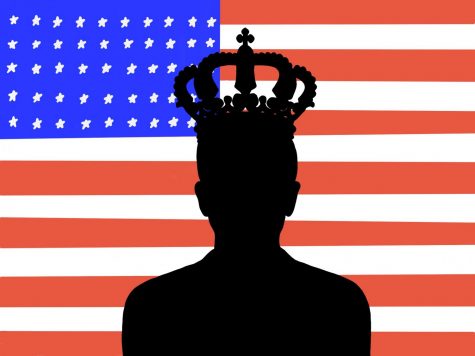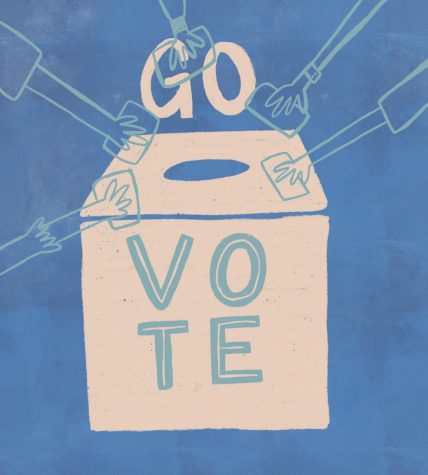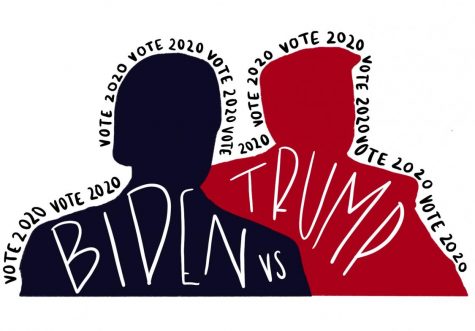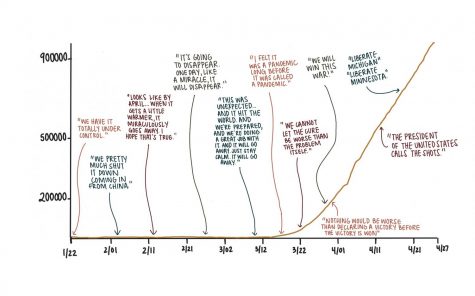“Culture contamination” and America’s history of xenophobia
Since the first days of his campaign for the American Presidency, Donald Trump has advocated for the construction of a wall on our southern border with Mexico. While immigration control has always been an issue for the United States, President Trump’s approach to the issue is markedly different from the way previous presidents have handled it. President George W. Bush was (in)famously liberal when it came to immigration, while President Obama deported more people than any president before him. Trump’s strategy (building a ginormous, 2,000 mile-long wall) is a significant departure from the way previous Presidents have handled the issue of immigration.
Considering that Trump was elected in part based on his plan to construct this wall, it stands to reason that the attitude of the American people towards illegal immigration has also departed from what it used to be under Presidents Bush and Obama. Despite this rather harsh change in attitude between presidencies, the number of illegal immigrants living in the United States has consistently gone down since 2007, according to the Pew Research Center. In 2017, an estimated 10.5 million illegal immigrants lived in the United States, down from 12.2 million in 2007. Given that illegal immigration has gone down and the American economy is booming, what’s really behind the negative attitude that Americans have towards illegal immigrants?
To understand this new trend, one ought to look no further than the one other country the United States shares a border with: Canada. While most of the attention towards illegal immigration is directed South, illegal border crossings from Canada into the United States are increasing. According to CBS News, illegal US northern border crossings were up 142 percent in 2018. Hundreds of people illegally crossed into the United States. Many of these people were human traffickers, drug smugglers, etc. Despite the very real problem posed by smuggling on the northern border, especially considering Canada’s recent legalization of recreational cannabis, the focus of the current administration as well as the vast majority of America remains on our border with Mexico.
As with many other contemporary social issues, the root of America’s problem with illegal immigration stems from race. Despite being a country founded by immigrants, the United States has never been very friendly to new arrivals. In the early 19th century, shortly after the country’s founding, Ireland faced the Great Potato Famine, which resulted in thousands of Irish folk leaving the Emerald Isle in search of a better life in America. Despite having white skin, the Irish were seen as uneducated, drunken, dirty immigrants. Americans saw the Polish, Czech and Russians in a similar manner.
While discrimination and bigotry around ethnicity was prevalent in early America, skin color still played a huge role in the way social roles were assigned and the kind of jobs people could hold. Many Chinese immigrants from the Far East journeyed across the Pacific for the same reason European immigrants came to America, but were faced with resentment and hatred when they arrived. Despite playing a monumental role in the construction of the Transcontinental Railroad, in 1882 the Chinese Exclusion Act, which banned the immigration of all Chinese laborers, was passed on the federal level in the United States. This law stayed in effect for 61 years, only being repealed in December 1943.
The United States’ history with immigration, race and ethnicity is a tangled mess, but one that doesn’t necessarily have to continue. Our country was founded and built upon the backs of immigrants and slaves; it’s about time that we acknowledge and embrace their integral role in the way our national identity has developed. A reasonable path to citizenship, a reliable asylum system and an end to perpetual detention on the southern border would benefit both the immigrants coming stateside and the United States itself.
Your donation will support the student journalists of Saint Louis University. Your contribution will help us cover our annual website hosting costs.











